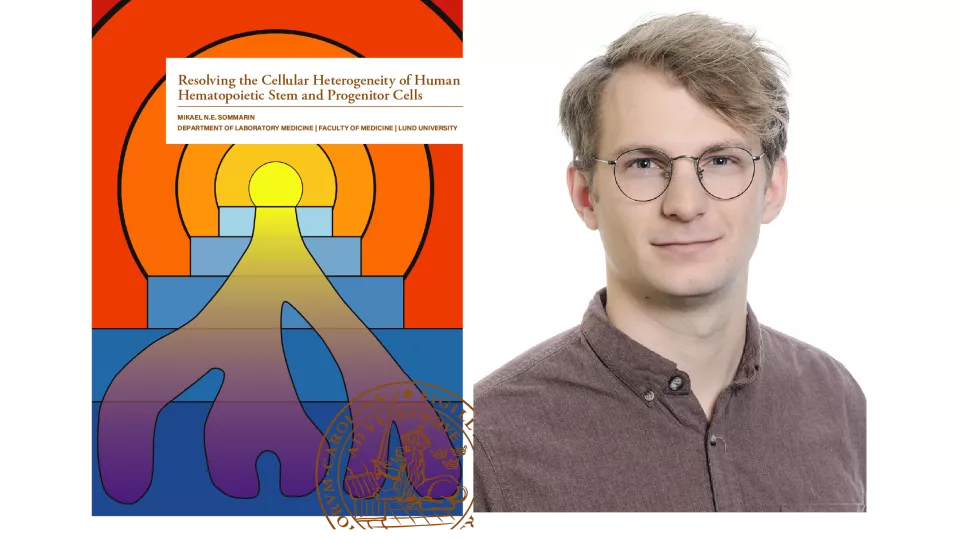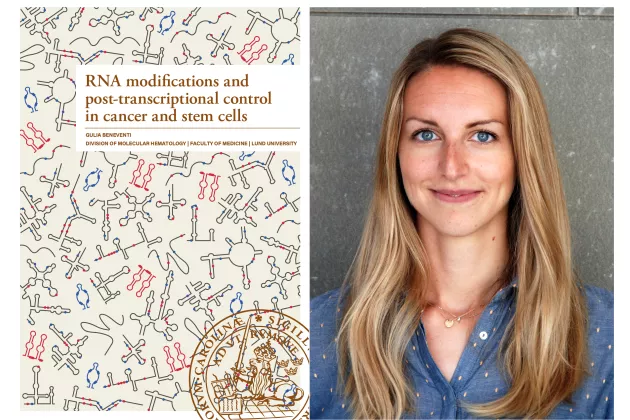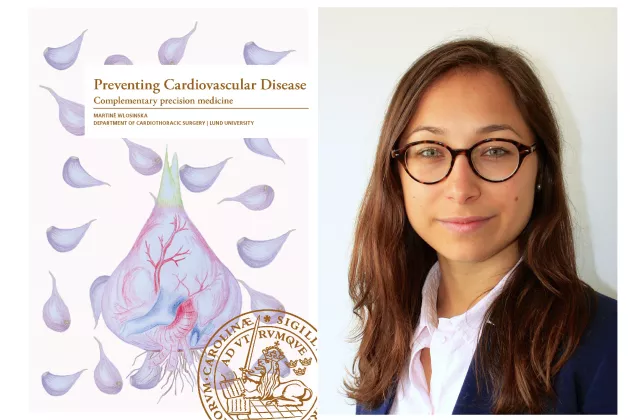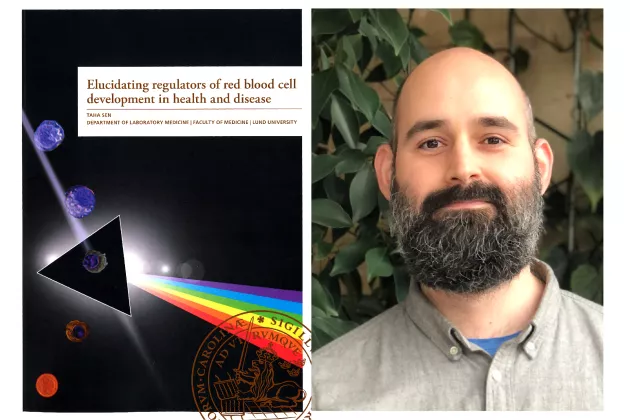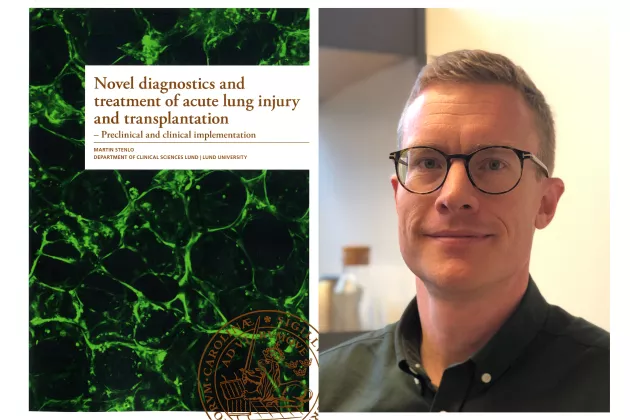What have you been working with during your PhD studies?
My PhD project was aimed at resolving cellular heterogeneity within human stem and progenitor cells during the very first steps of hematopoietic stem cell (HSC) differentiation. To understand different aspects of hematopoiesis in fetal development, ageing and leukemia, I performed various transcriptional and epigenetic single cell assays.
In my first paper, we wanted to understand how the identity of HSCs is controlled by enhancers. Therefore, we combined different single cell methods, which included among others, single cell Assay for Transposable-Accessible Chromatin (scATAC-seq) to define stem and progenitor populations expressing specific surface markers which are enriched for enhancer specific-HSC signature.
Then we decided to have a look at the heterogeneity of stem and progenitor populations during fetal blood development that is important for understanding blood and immune disorders such as acute lymphoblastic leukemia (ALL) known to originate in utero. By comparing fetal to adult cells, we defined age-specific gene signatures. Finally, a fetal-specific signature that we found, enabled us to classify ALL into subtypes based on age.
Finally, together with Rebecca and Linda from my group, we investigated the heterogeneity of chronic myeloid leukemia (CML). According to the current leukemia cancer stem cell model, it is initiated by a single cancer cell that resembles HSC and is able to repopulate the leukemia. The failure of a conventional CML treatment using tyrosine kinase inhibitors (TKI) does not eliminate leukemic cancer cells and may result in disease relapse. We defined molecular signatures of a primitive, therapy insensitive cell population which might be a potential therapeutic target.
Can you tell us more about the cover of your thesis?
I have been thinking about my cover for some time. I wanted to integrate the new view of hematopoietic differentiation as a continuous process with the phased old model. The pyramid represents the step-wise hierarchical system, while the flow shows the continuous CLOUD model. In the central part there is an HSC. I like to think that other circles mean different aspects of HSC biology – transcriptome, epigenome and proteome – everything that defines it.
How did you end up doing a PhD at Lund Stem Cell Center?
I just applied to the Research School in Stem Cell Biology, started a project with Göran and continued as a PhD student. What interested me about the project was the interplay between single-cell technologies and the biology of stem cells.
What have you found the most enjoyable during your PhD studies?
PhD is both good and bad stuff. I have really enjoyed setting up new methods and having a chance to try out new ideas with full support from my supervisor.
It has also been a lot of fun with all the other people I have worked with, at least before the pandemic, which obviously prevented some of the fun social aspects of work.
What has then been the most challenging aspect of your PhD?
The most challenging part has been to get things to work. I have spent almost three years on experiments that did not really fail, but were inconclusive. The results are just in my drawer and they will probably never be used, which I find very frustrating. In the end, I tried other methods and made things work.
What are your plans following your PhD defence?
My future is still very much open – I consider either doing a postdoc abroad or transitioning to industry. As of now, I will stay here for a little while continuing work in Charlotta’s group and partially for the FACS core. I am currently trying to publish two manuscripts from my thesis, one of which is already in revision.


